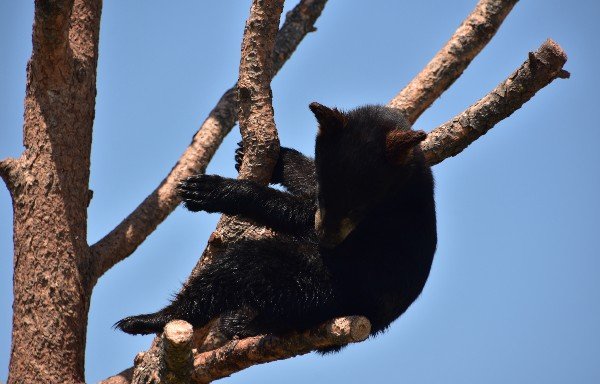What do America’s 26th president and a large, lumbering omnivore have in common? They both passed their names on to a small, cuddly creation we know as the Teddy bear. Across the globe, both children and adults recognize the Teddy bear even over a century after its invention. You probably remember snuggling one yourself as a kid—or maybe just last night. But why do we call them Teddy bears? How did our favorite grizzly and black bears become associated with the mustached leader of our nation?
The Legend
According to the Theodore Roosevelt Association, it all started on a hunting trip in 1902. Roosevelt and his party searched the Mississippi wilderness for bears, but after three days, Teddy still hadn’t seen a single one. As we know, black bears are common in Mississippi; however, they prefer to stay in covered areas rather than open fields, which is probably why the President had so much trouble finding one.
A few members tracked down a bear for Roosevelt using their dogs, and they tethered it to a tree until he arrived. When Teddy finally saw the poor animal, wounded from the dogs, he refused to shoot it as game. Instead, they put the bear down to stop its pain. It wasn’t long before that story spread around the country, and the media had a field day. The Washington Post published a cartoon of Teddy standing with his back to a small, frightened bear cub, refusing to shoot it. Of course, it was an old black bear so it was probably much bigger than what the cartoonist drew. Male black bears can grow up to 3.5 feet tall, 6 feet long, and 590 pounds, while females clock in at 3 feet high, 4.6 feet long, and just over 200 pounds.
The Teddy Bear Industry
With the circulation of the cartoon, Morris Mitchom decided to display two homemade stuffed toy bears in the window of his candy store as “Teddy bears.” He even requested permission from the President to use his name (he didn’t request permission from the bears). The little toys exploded in popularity, and Mitchom opened a business to begin mass production. Around the same time, Margarent Steiff’s handmade toy bears became popular in Germany, creating an international industry of Teddy bears.
Today Teddy bears are bought and sold all over the world. They are collected, cuddled, preserved, left behind, gifted, loved, and created by people every day. While these stuffed toys make such loveable companions, you should always remember the difference between Teddy bears and real bears.
Bears in the Wild
Even the smallest adult bears can outweigh and outrun (around 30 mph) the biggest or fastest human being. These wonderful animals deserve our respect. But that doesn’t mean they deserve our fear. In the wild, bears prefer to avoid humans, and they eat mostly small insects or vegetation. And while we don’t encourage you to cuddle a bear in bed, you can still appreciate them as they are.
To experience the size, strength, and personality of real bears, visit us at Yellowstone Bear World. We have grizzly bears, black bears, and other animals like timber wolves and American bison. Come by today and pay our furry friends a visit. You can even bring your Teddy bear.





